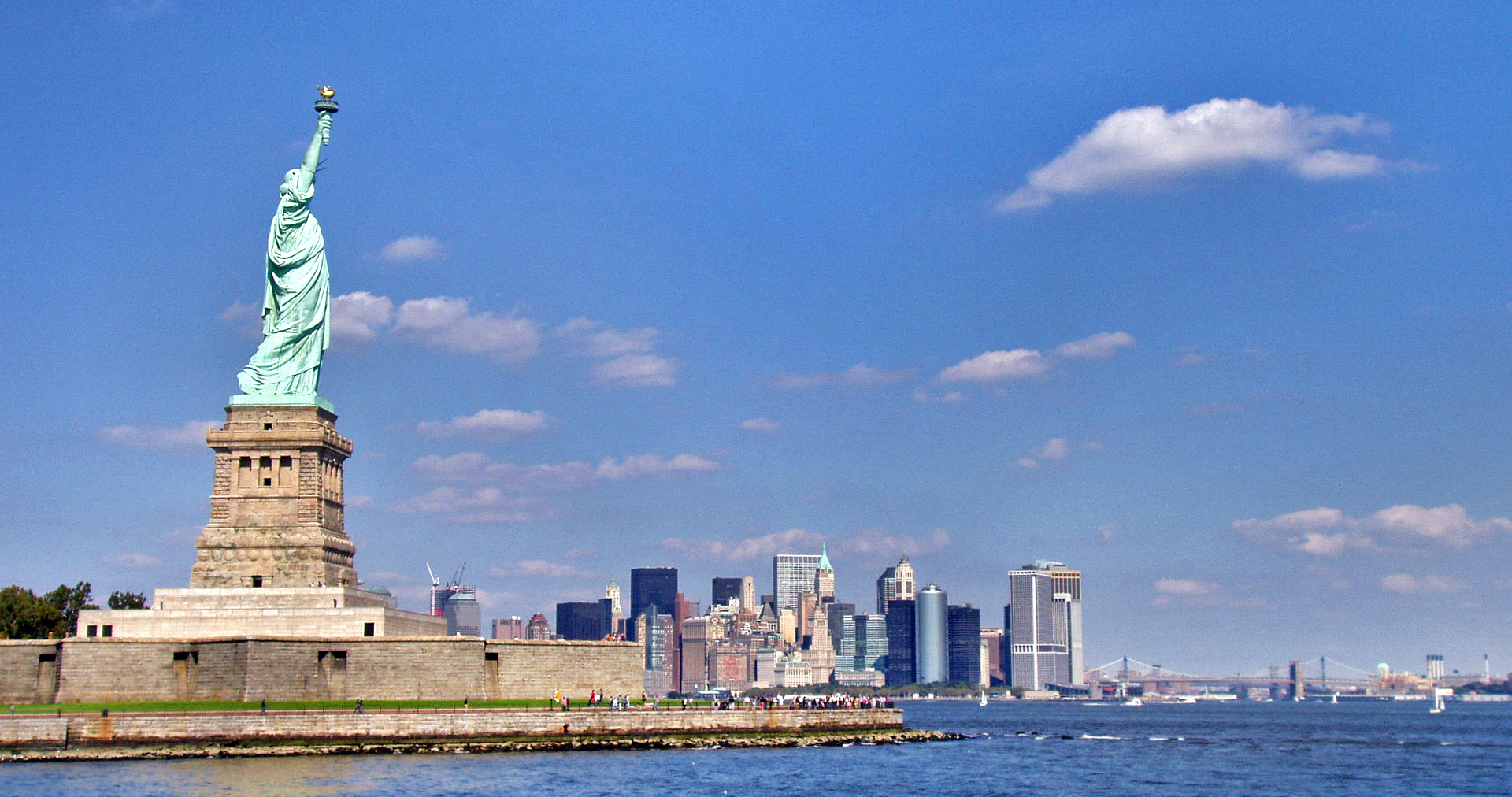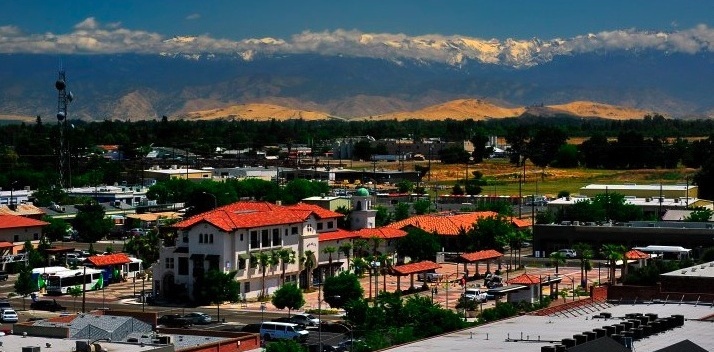The Statue of Liberty is one of the most well-known and beloved monuments in America. It stands to welcome in immigrants to New York Harbor and to let people who are returning home know that they have reached America. It has become a lasting symbol of freedom throughout the world. The Statue of Liberty was given as a gift to the United States from France as a symbol of their friendship. France aided the United States during the Revolutionary War. The two countries shared similar political views and situations in 1865, which is what led to Edouard Rene Laboulaye suggesting that France give the United States a symbol of their friendship.
Planning for the Statue of Liberty
Federic-Auguste Bartholdi was chosen to be the sculptor for the statue. He was a well-known sculptor in France, and had completed a famous statue of Napoleon. He based the design on the Roman goddess Libertas. At the time, larger sculptures were in style, but not quite on the scale of the Statue of Liberty. The crown has seven different points with one for each of the continents. The torch lights the way for the other countries to follow. The tablet has the date of July 4, 1776 representing the day the United States declared independence from Great Britain. At the base of her feet is a broken chain, which symbolizes breaking out of bondage. The entire statue is made out of copper.
Picking a Location
Once the basic idea for the statue was commissioned Bartholdi traveled to the United Sates in 1865 to determine the best location for the statue. He was impressed by the number of large buildings in New York and looked at it and the different islands around the New York harbor. He finally chose Bedloe’s Island, because of the location. This location would put the monument at the gateway to America. He wanted to do something on a large scale to match the grandeur that he found in New York City.
Construction and Fundraising
The construction of the statue took several years. Since it was made of copper, it would be difficult to ship the completed statue from France to the United States. The French built the statue in pieces. Then, they shipped the pieces across the Atlantic Ocean where they were assembled by a construction crew. Charles P. Stone directed the construction of the statue once it arrived in the United States. He oversaw the building of the pedestal and worked to attach the statue to its base. The French raised $250,000 to begin building the statue through a lottery and donations. The people of the United States donated more than $180,000 to help with the cost of putting it together and building the base for the statue. It took several years for the United States to come up with the money, because many felt the government should not pay for it.
The Statue of Liberty Today
During the great wave of immigration in the 1910s and 1920s, the Statue of Liberty welcomed in people who traveled here by boat. She watched over the immigrants as they went through Ellis Island. In 1933, the National Park Service took over the Statue of Liberty. They operate the visitors’ center and take care of the statue and the island. In 1984 extensive renovations began on the Statue of Liberty. The renovations took two years. During that time, they completely replaced the torch, and worked on the interior of the statue. Ronald Regan spoke at the ceremony that opened the Statue of Liberty after the renovations were complete. After 2001 people were no longer allowed to go inside the Statue due to terrorism concerns. In 2004 the pedestal portion of the statue opened to the public again. In 2009 people were allowed to begin making trips to the crown again. A construction project to build a second staircase was slated for 2011 and while it is being completed no will be allowed inside the Statue of Liberty.
Read & Write : write for us
 Lifeyet News Lifeyet News
Lifeyet News Lifeyet News





